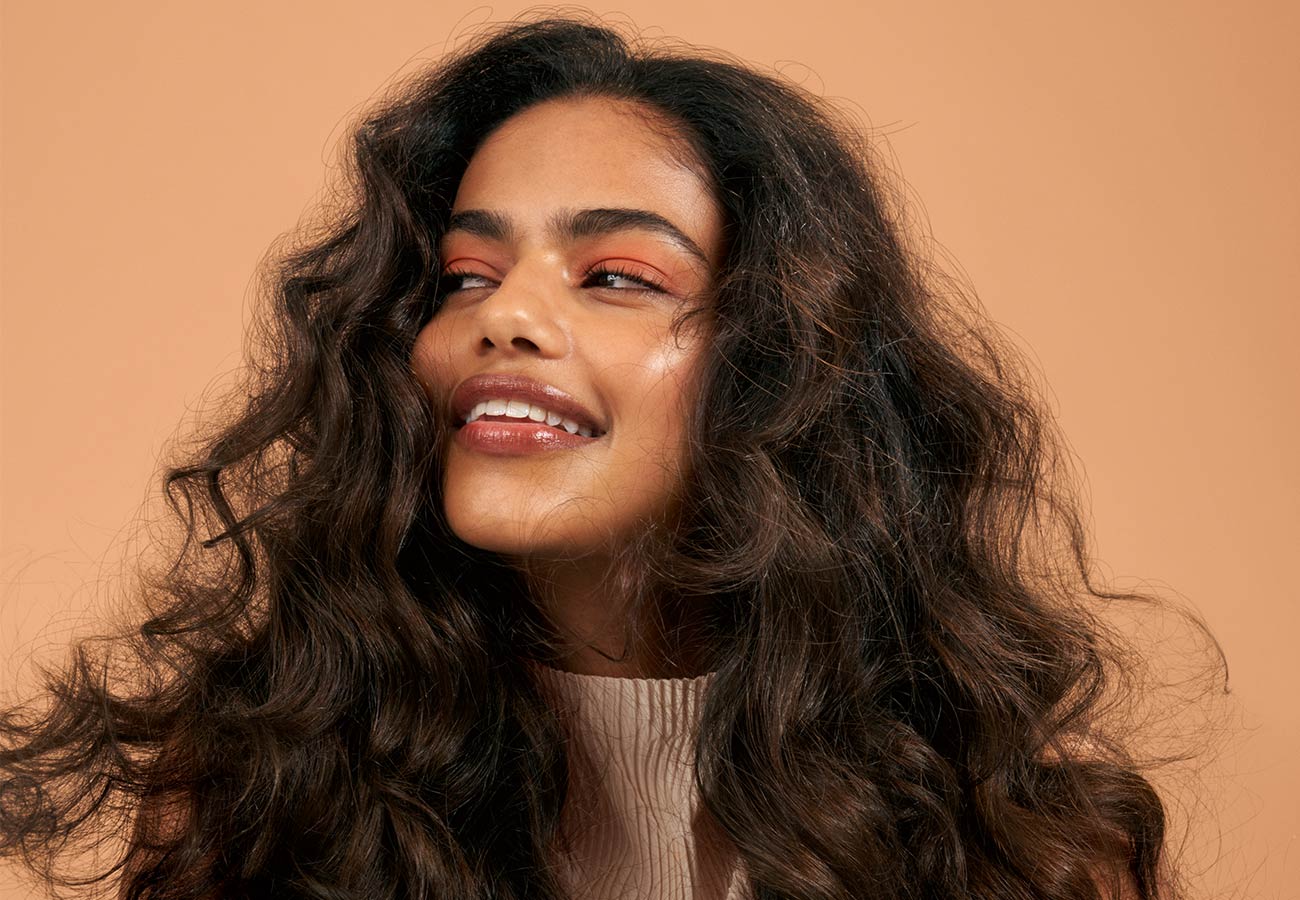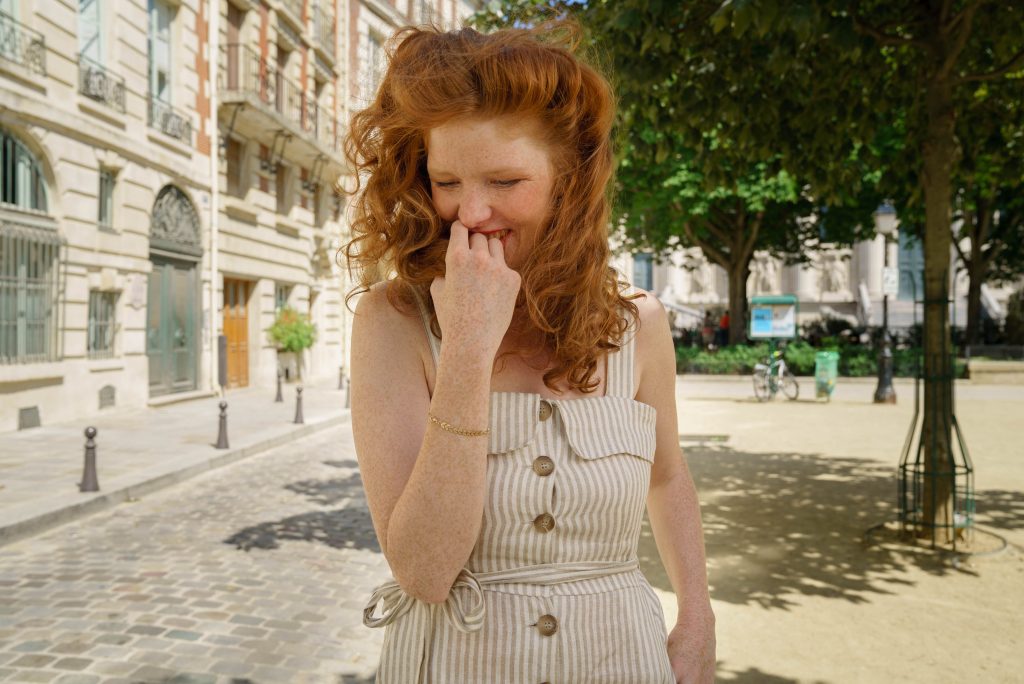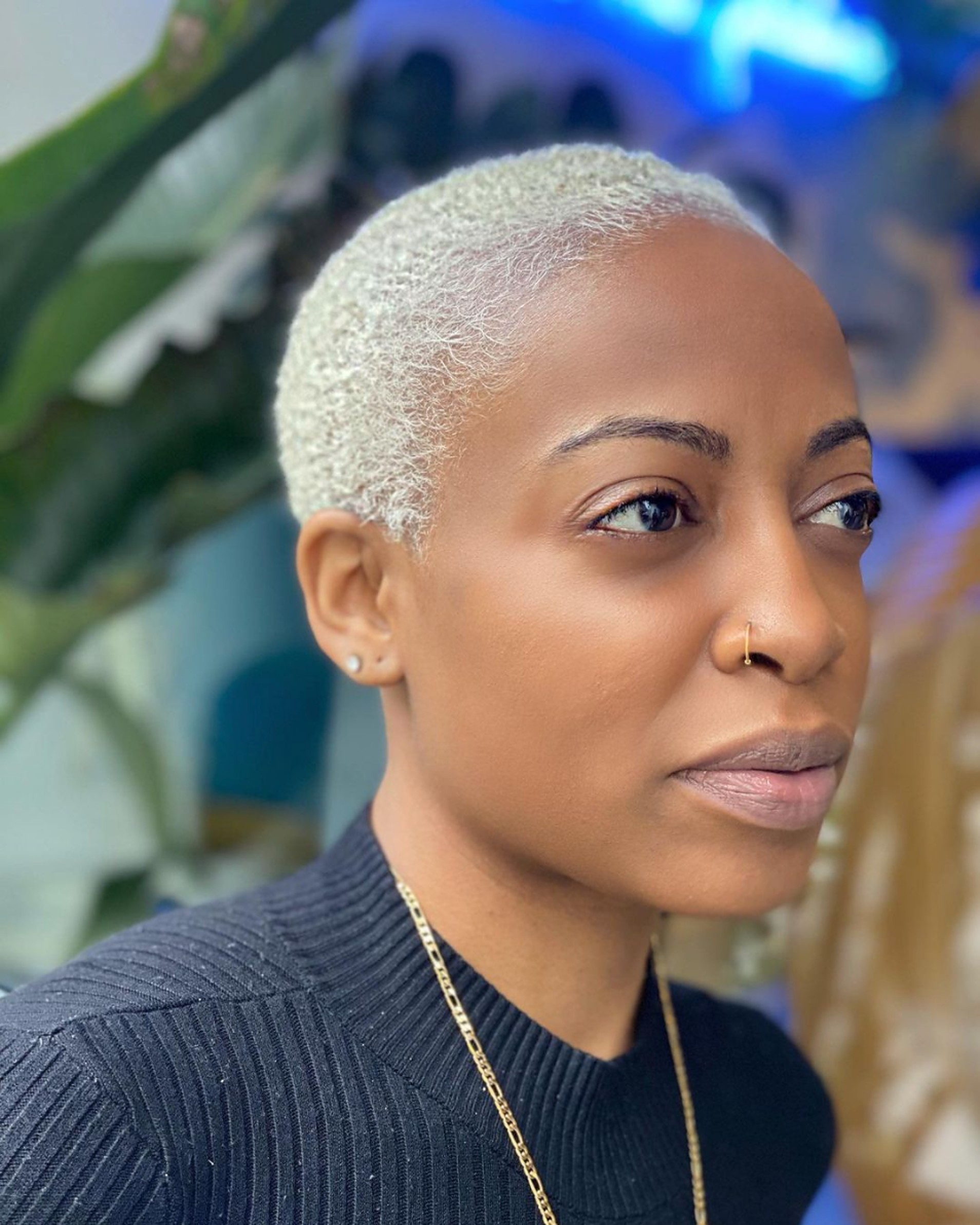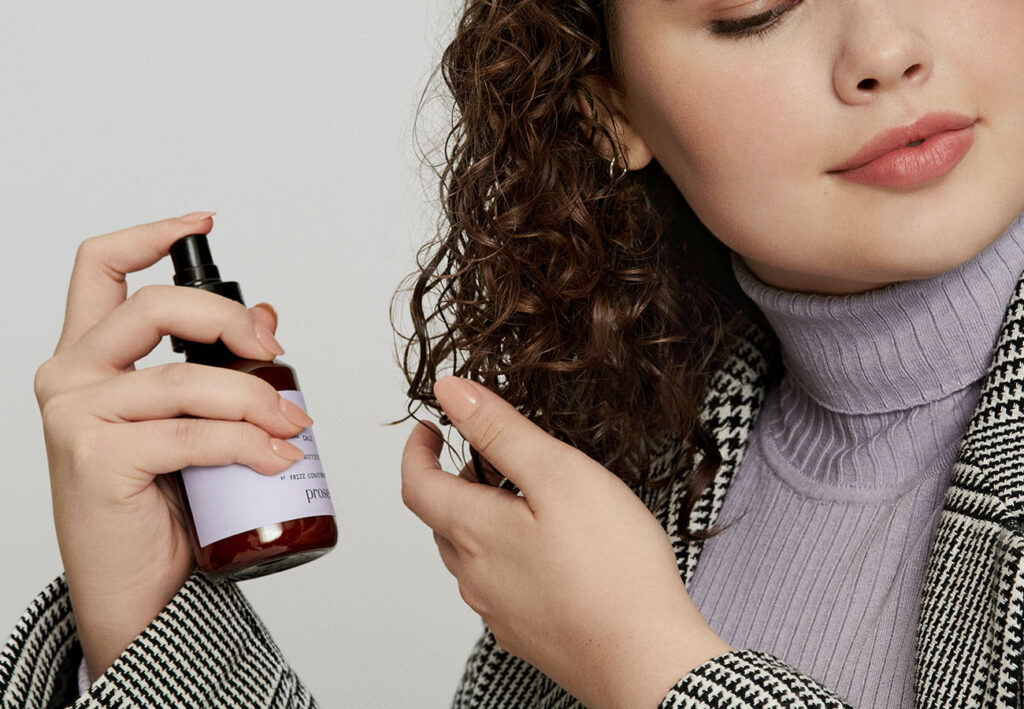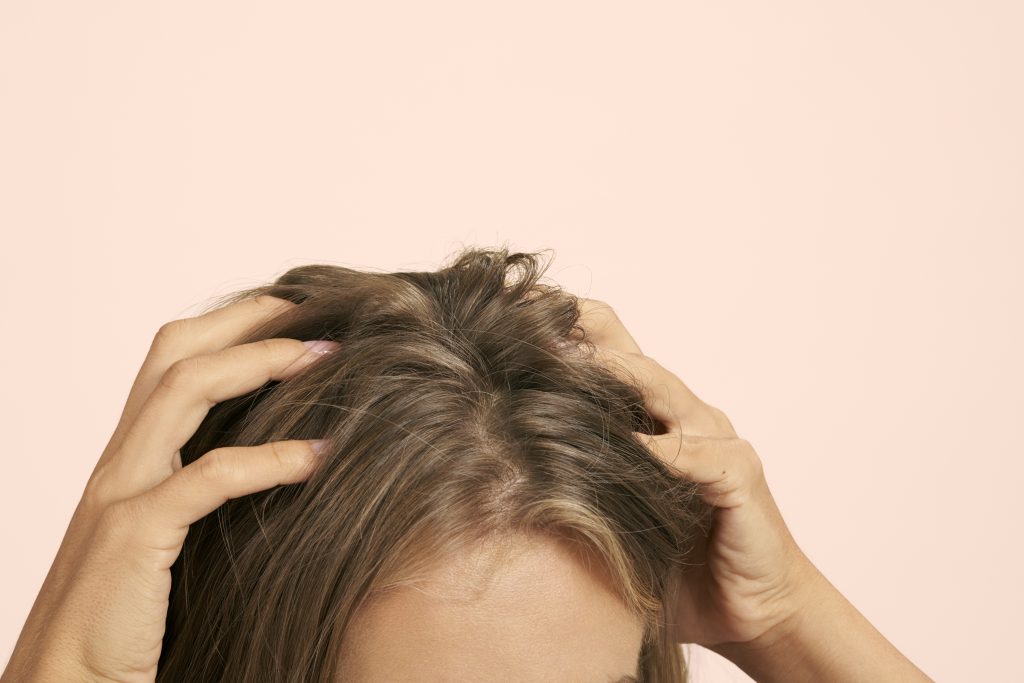Where does hair come from?
Many of us have spent years trying to understand which products to use on your hair, but how well do we understand our actual hair? If you’ve yet to explore the scientific background of your hair, no worries. It’s never too late to start gaining a more robust understanding of your hair.
The hair on our bodies rises out of the skin in the same way regardless if it’s on your head, legs, or arms, all starting at the hair root. This is a place underneath your skin where there are cells banding together to create keratin. This root is inside of a follicle. A follicle is like a small tube in your skin.
When your hair starts to grow, it pushes up from the root, ultimately coming out of the follicle. This allows it to pop through the skin, which is when you’ll begin to notice it. There are also tiny blood vessels located at the base of your follicles to feed the hair root and allow it to continue growing.
The hair bulb facilitates growth
At the base of your hair, the root widens to what is known as the hair bulb. This is where you can find the hair papilla, which acts as an important supplier for your hair root.
There are new cells being formed constantly in the hair bulb. These newly crafted cells harden and stick together. From there, the strand of hair develops from the group of hardened hair cells that are clustered all together.
As new, hardened cells continue to attach to the hair from below, it pushes out of your skin, as we mentioned earlier. A single hair on your head grows at an approximate rate of one centimeter a month.
Almost all of your hair follicles are also attached to something called a sebaceous gland. This is sometimes simply referred to as an ‘oil gland’ because—you guessed it—these glands produce oil. This allows your hair to have its shine and even a bit of a waterproof factor.
Does hair have feeling?
Once the hair is at the surface of your skin, the cells are no longer alive. This means that every hair you see on your body is essentially a dead cell. That’s why it doesn’t hurt when you hit the salon—there’s no sensation in these dead cells.
The base of your hair follicle does have sensory nerve fibers. These wrap around each and every hair bulb. That’s why when you bend the hair, the nerve endings are stimulated, which allows you to feel that your hair is being moved.
What are the stages of hair growth?
Did you know that there are different stages to hair growth? Your hair begins in the anagen phase, then moves to the catagen phase. From there, it transitions to the telogen phase, and then finally the exogen phase.
The first phase is known as the anagen phase. This is also known as your hair’s growing phase and can last anywhere between two and six years. At any point, typically 80 to 90% of your hair’s follicles are in this phase. This phase is characterized by the quick division of cells in the lower part of your hair follicle.
Up next is the catagen phase of hair growth. This phase is markedly shorter than the anagen phase. It is a dynamic transition and occurs when your body signals to the hair follicle that it’s finished working on that particular strand of hair. Then, the hair gets pushed further up the hair shaft for a while. That’s why it appears to be longer, but it’s not actively growing.
The third phase is the telogen phase, which is your hair’s resting phase. This is when your hair follicle is dormant for a few weeks, or even months.
In time, the strand will either fall off or get pushed out by a new one – signaling the beginning of a new anagen phase. It’s the circle of (your hair’s) life. This is also called the exogen phase, which occurs when you shed your hair. We lose approximately 50 – 100 hairs a day, but don’t worry. Your body is constantly working to rejuvenate that count.
What does new hair growth look like?
Because it does take your hair a while to grow, hair growth isn’t noticeable even a few days after it begins. That’s why it is important to have patience with your hair. After all, your scalp is working hard!
You might begin to notice short, baby hairs appearing when your hair is growing. These are not the same as tiny flyaways from broken hair. When you notice these short hairs, treat them gently; they’re still growing.
It’s much easier to notice that there’s new hair growth if you’ve dyed your hair because you’ll see your roots growing out. However, anyone can find the short, tiny hairs with a bit of practice.
This is all to say—if you don’t notice any noticeable growth right away, don’t give up or worry that you’re doing something wrong. Hair growth does take dedicated effort and time, and providing your hair with the tools it needs to correctly do that is important.
That’s why some people choose to take supplements or choose otherwise productive, thoughtful hair care. At Prose, we have customizable options for both hair care and hair growth supplements. The best hair of your life is right around the corner – just be patient and give it time to grow!
In conclusion
New hair growth is super exciting, but it won’t happen overnight. If you stick with your hair care routines and take supplements that support your hair’s health, you’re on the right track to making a lasting difference with your hair.
Growing your hair out can initially seem like a long process, but you’ll be surprised how good it feels to take care of your hair—and how rewarding it will be when you see the difference.

